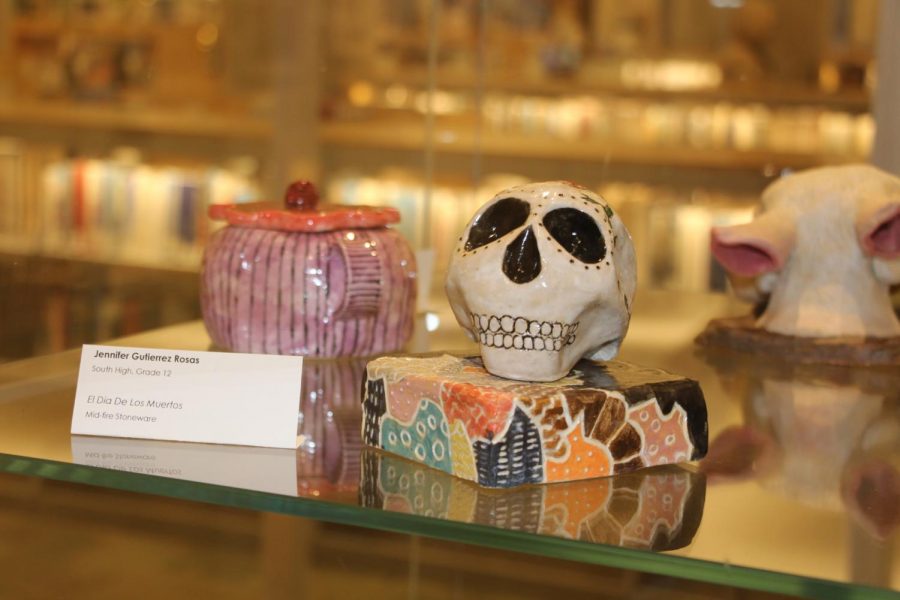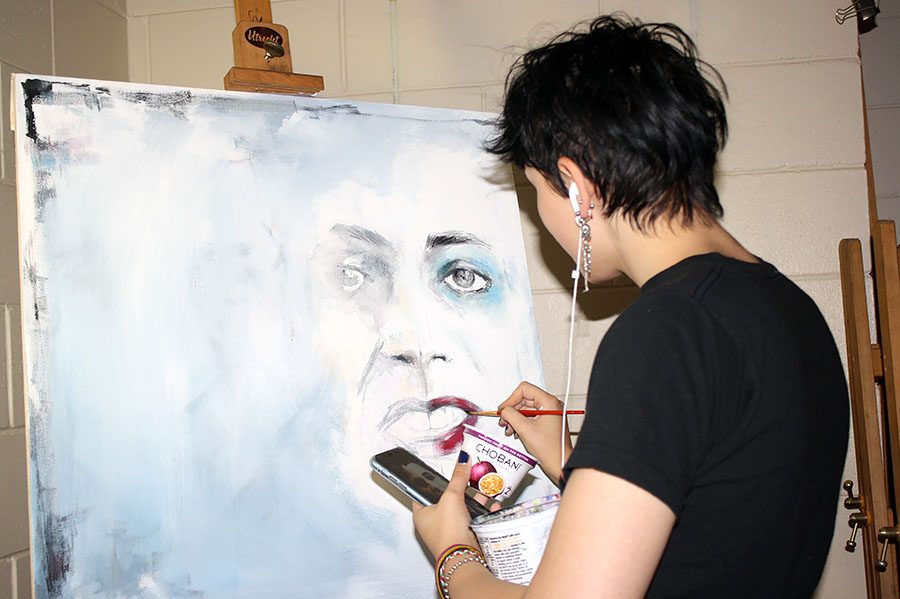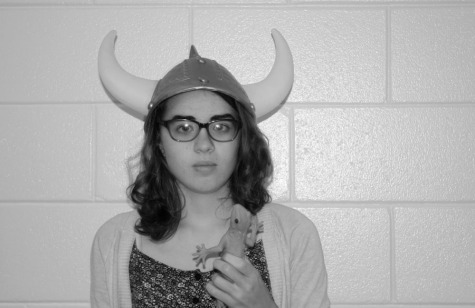Twin Cities residents are very lucky to have easy access to millenniums of Chinese history at the Minneapolis Institute of Arts this winter by traveling through the Terracotta Warriors exhibit. Here, artifacts never before shown in the west, are being exhibited.
The Terracotta Warriors exhibit at the Minneapolis Institute of Arts tells the story of a man, Emperor Qin Shi Huang, who did great, as well as terrible, things in life, and whose legacy continues long after his death, thanks to the Terracotta Warriors.
The exhibit is a timeline through Qin’s life and into his tomb. It features items from his enormous tomb as well as other artifacts from the time period. The exhibit features items that have never been exhibited outside of China.
It begins with items representing the period before his rule: the Warring States period. During this period, seven states in China were vying for power. Items such as coins, seals and weights from the different states in China are displayed, representing the non-unified China, and with these items are China’s national coin, seal and weights, which were standardized after Qin came into power.
Other items, such as samples from thousands of roof tiles, each with unique intricate designs, demonstrate the extensive work put into the grand palaces that Qin lived in, a nod to how extravagant his afterlife would be as well.
Qin, besides standardizing money, measurements, and a system of writing, also began works on the Great Wall of China and planned roads to connect all major cities, among other things. The exhibit even featured a 2,200 year old drain pipe from the country-wide drainage systems Qin instituted.
The main points of the attraction, however, are the eight strikingly life-like terracotta warriors. The warriors, exhibited in three different rooms, are each uniquely crafted. It is hard not to look at them and assign each a personality, and imagine a story. The exhibit features a variety of statues, from the common infantryman, to one of the rare generals found in the excavation.
“They have their own distinct features, some have bigger eyes, smaller eyes, the proportion of their foreheads and their faces are all different, so they actually present real people from all parts of China,” explained Chinese teacher Dingman Yu. The incredibly life-like and striking warriors represented a unified China, as well as the extravagant and militaristic life of Qin.
Not only did the exhibit feature the warriors, but also terracotta horses, made to aid the army, as well as terracotta birds. The quartet of life-like birds were first put in the tomb along with terracotta musicians, acrobats, and other performers meant to entertain the emperor in his afterlife. The birds were part of a collection of wildlife meant to remind the emperor of the gardens in his extravagant palaces.
All of the artifacts in the exhibit are great for anyone even remotely interested in art or history. “Above all, the astonishing realism of these terracotta warriors and horses was truly a revolution in the art of China,” reads a sign in the exhibit.
Qin’s enormous tomb was more extravagant than his palaces, and is unofficially called the eighth wonder of the world. He built it as a part of his quest for immortality, and with hope that his successful life on earth would continue in the afterlife with thousands of warriors, as well as others. Whether or not his goal of immortality was achieved, Qin managed to leave a legacy lasting for thousands of years.
Emperor Qin’s legacy is still very evident today, in the terracotta warriors, and in the enormous reforms he made in China. “He unified China, which enabled China’s culture to be what it is today, and [Qin] standardized the language, which is where the roots of Mandarin come from,” Yu said, explaining Qin’s significance in China today. Qin beginning construction on the great wall was “a money maker for China’s tourism, and was used for many many years to fend off the immigration of the nomads from the north.”
The exhibit is a beautiful example of the extravagant and accomplished life and death of Emperor Qin Shi Huang. It runs until January 20th at the Minneapolis Institute of Arts, and tickets are $16 on weekdays and $18 on weekends for students.





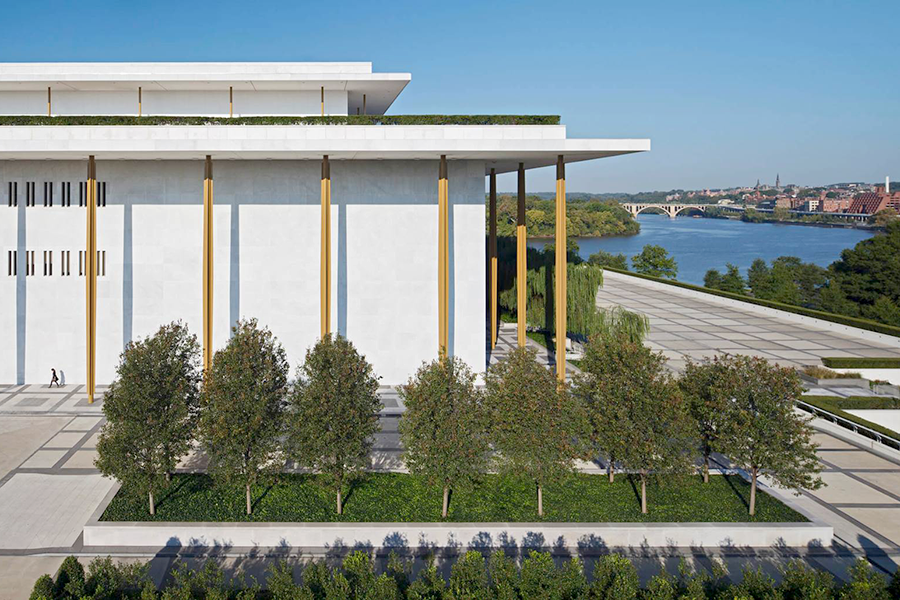
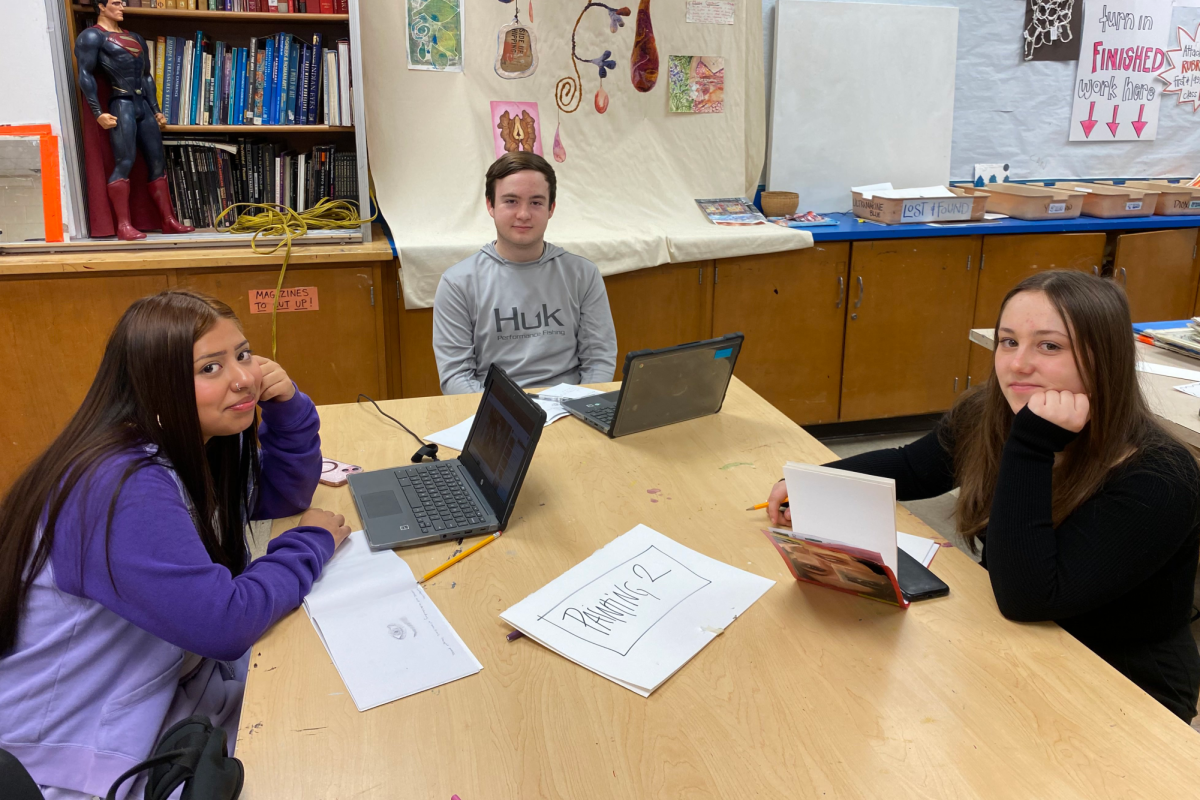



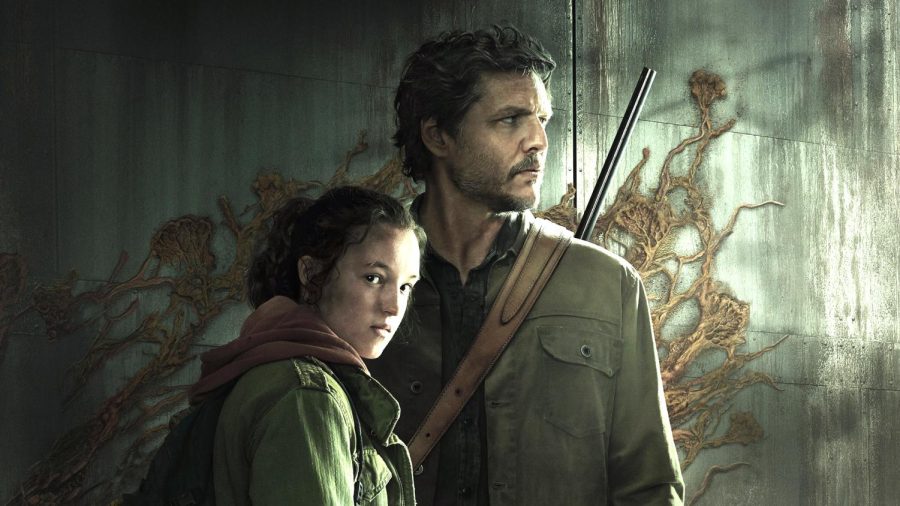


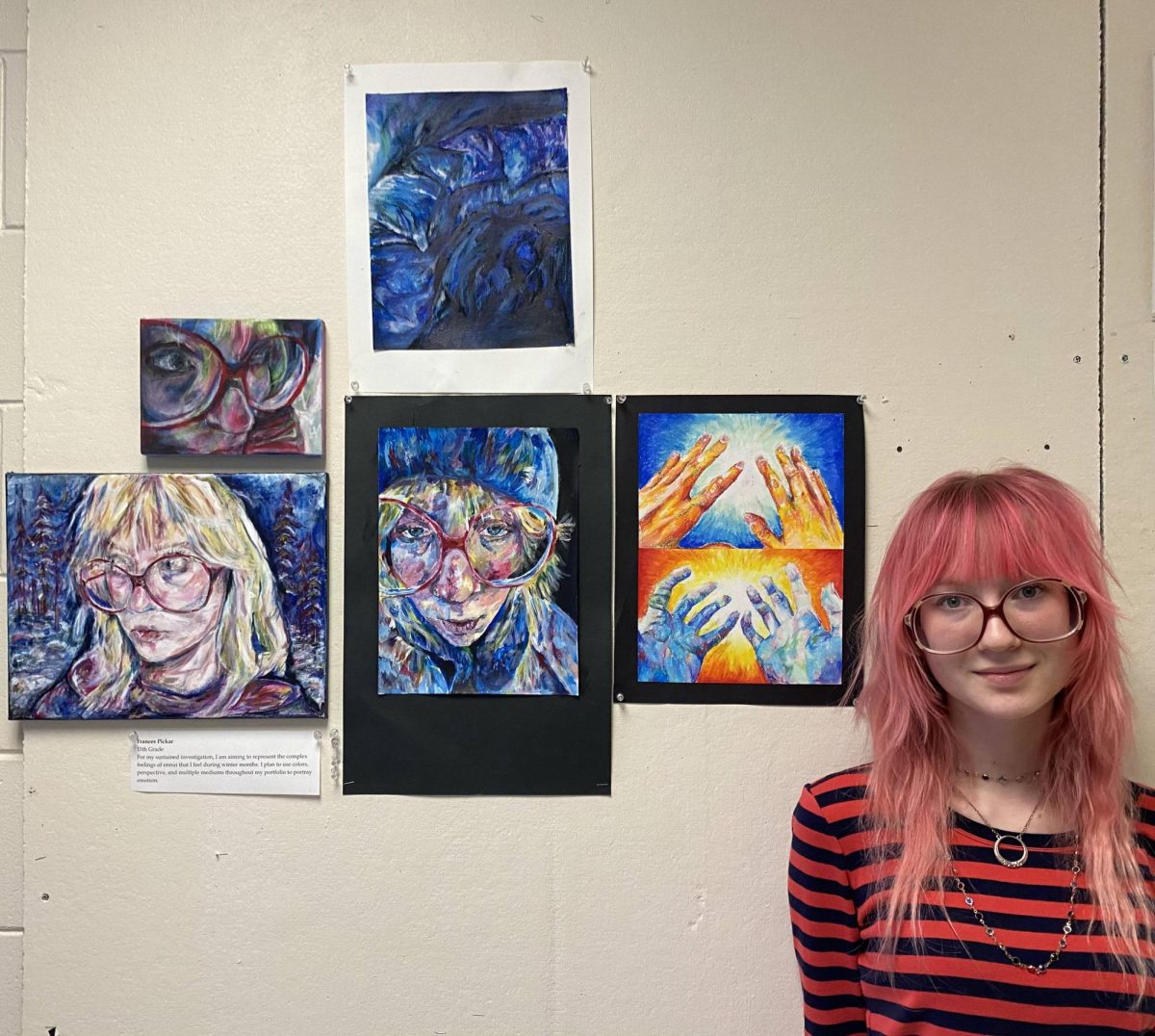


![During these times art is giving people some hope and bonding them. This is just one of many art trends that have sprung up all over the country. People can draw support from the art in their neighborhood. South Minneapolis resident Sara Hardwig participated in it and said, “It may be individually hard, the feeling of doing it [art] together makes it easier for me."](https://www.shsoutherner.net/wp-content/uploads/2021/01/QuarantineArt3-edited-900x600.jpg)
